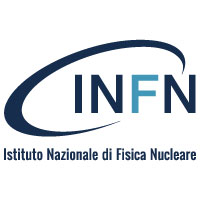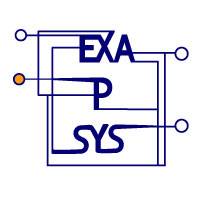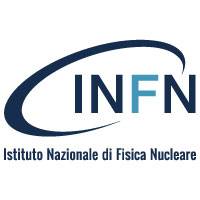The National Institute for Nuclear Physics (INFN) is the Italian research agency dedicated to the study of the fundamental constituents of matter and the laws that govern them.
INFN conducts theoretical and experimental research in the fields of subnuclear, nuclear and astroparticle physics and its community, consisting of 6,000 scientists, is recognized internationally for their contribution to various state-of-the-art physics experiments at European laboratories (e.g. CERN, Geneva) and researchcenters worldwide.
The research areas requires the use of cutting-edge technology and instruments, including parallel and distributed computing, and cyber-physical interfaces, developed by the INFN at its own laboratories and in collaboration with European industries.
Since its inception, INFN has been developing open ICT innovative solutions for its own advanced needs of HPC theoretical computing, distributed computing and scientific applications.
In this context, the INFN APElab of Sezione di Roma, designed and developed several generations of application-driven parallel/distributed supercomputers – APE, APE100, APEmille, APEnext – based on custom high performance and low power processors and low‐latency interconnection infrastructure.
More recently the development of APEnet+ 3D-Torus network architecture for GPU accelerated hybrid clusters and the participation to the EU
H2020 ExaNeSt and EuroEXA projects represent the continuation of its commitment to the design of HPC systems. On the other hand, members of APElab computational physics groups are involved in the WaveScales experiment in the framework of HBP FET flagship project with the responsibility of developing a high-resolution distributed plastic spiking network simulator of cortical activity.
In RED-SEA, INFN leads the Work Package 1 “Architecture, Co-design, and Performance” and contributes in both hardware and software co-design activities. The main expectation is an innovative design of next generation network infrastructure also leveraging ML-based routing algorithms, tight-integrated network interface to computing accelerators, and optimized management of data traffic. Such developments will be driven and validated through proprietary code aimed at brain simulation and tuned for next generation HPC systems.














